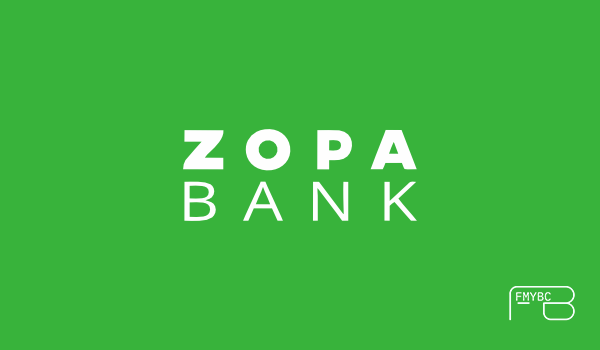Every bank and online lender promises the “best deal,” yet what really matters is how easy the loan is to get, how much it costs, and how it fits into everyday life. Zopa, once known as the pioneer of peer-to-peer lending, has shifted into a fully regulated digital bank. Today it offers personal loans that are simple to apply for and quick to receive. The question is: does it stand up to competition from household names like HSBC, Barclays, or NatWest?
What Zopa Puts on the Table
Borrowers can apply for amounts as low as £1,000 or as high as £35,000. Interest is fixed, so repayments don’t jump unexpectedly. Terms stretch from one to seven years, which gives some breathing room to spread out larger costs. Unlike a few traditional banks, Zopa doesn’t add arrangement fees.
Speed is another selling point. A quote can appear on screen within minutes after a soft credit check, and once approved, money can arrive the same day—sometimes in just a couple of hours. There’s also the option to overpay at any time without facing penalties. For anyone eager to reduce interest, that’s a welcome touch.
How the Process Works
Applying is entirely online. You choose how much you want to borrow and how long to repay, then Zopa shows a personalised APR. Approval is fast and the agreement is signed digitally. From there, funds move straight into your bank account.
To give a rough picture: someone borrowing £10,000 over five years might face payments of around £269 per month, totalling just over £16,000 including interest. The representative rate sits at 22.9% APR, though actual offers depend heavily on credit score and affordability checks.
How Zopa Compares
Here’s how it lines up next to a few big lenders:
- Zopa – £1,000 to £35,000, 22.9% APR, no fees.
- HSBC – £1,000 to £25,000, rates from 6.9%, no fees.
- Barclays – £1,000 to £50,000, rates from 8.2%, no fees.
- NatWest – £1,000 to £50,000, rates from 7.1%, no fees.
On paper, banks often undercut Zopa with lower APRs, especially for borrowers with excellent credit. Where Zopa shines is in speed, transparency, and flexibility. For many, those benefits outweigh a slightly higher rate.
Where People Use It Most
Zopa loans tend to be popular for four main reasons: consolidating debts, financing home improvements, covering large purchases such as weddings or cars, and handling emergencies without resorting to expensive credit cards. In each of these cases, having fast access to funds and the ability to repay early can make a noticeable difference.
Balancing Pros and Cons
The appeal of Zopa comes from convenience and control. The process is quick, and borrowers can shape repayments to suit their budget. Overpayments cut down on interest, and there are no hidden extras to worry about.
That said, the APR isn’t always the lowest on the market. Someone with a top-tier credit score may find cheaper options at high-street banks. Zopa works best for people who prefer digital banking, want to avoid fees, and value the ability to repay flexibly.
Final Thoughts
Zopa offers a modern, no-nonsense approach to personal loans. It won’t always be the cheapest route, but for many borrowers, the mix of speed, simplicity, and repayment freedom makes it a solid choice. Coming up next, we’ll look at the step-by-step application, strategies to reduce borrowing costs, and alternatives worth exploring.



 Asda Money Personal Loan – Fixed Rates & Quick Approval <p style='font-size:14px;'>The Asda Money Personal Loan can help UK borrowers with fast approval, fair fixed rates, and no hidden fees.</p>
Asda Money Personal Loan – Fixed Rates & Quick Approval <p style='font-size:14px;'>The Asda Money Personal Loan can help UK borrowers with fast approval, fair fixed rates, and no hidden fees.</p>  Ocean Personal Loan – Full Guide for UK <p style='font-size:14px;'>Looking for a hassle-free loan with fixed payments and quick approval? Ocean Personal Loan helps UK borrowers get what they need.</p>
Ocean Personal Loan – Full Guide for UK <p style='font-size:14px;'>Looking for a hassle-free loan with fixed payments and quick approval? Ocean Personal Loan helps UK borrowers get what they need.</p>  TSB personal loan: 5 smart reasons to choose it in the UK <p style='font-size:14px;'>Want a flexible loan with fast approval? Discover how TSB personal loan offers low rates, no setup fees, and unique perks that can simplify your financial goals today.</p>
TSB personal loan: 5 smart reasons to choose it in the UK <p style='font-size:14px;'>Want a flexible loan with fast approval? Discover how TSB personal loan offers low rates, no setup fees, and unique perks that can simplify your financial goals today.</p>